What you need to know about PC monitor response times
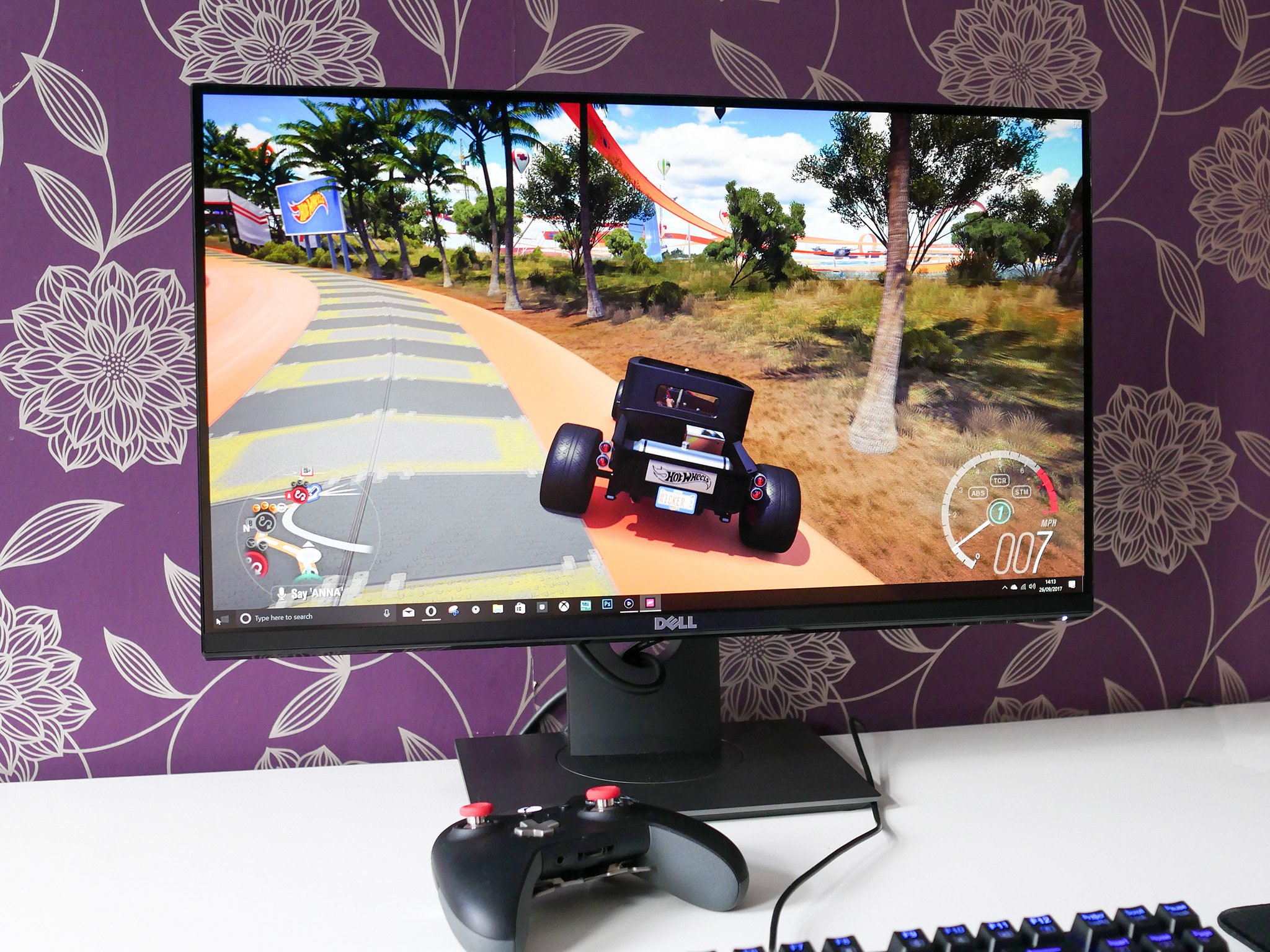
The process of PC buying and building is full of jargon, which doesn't stop when it comes to choosing a monitor. There are some key data points to consider when choosing the display, and it's important to understand them before you drop your money. One such piece of potentially confusing information is response time. Here, we'll help you cut through the jargon and try to help you buy the best PC monitor.
What is monitor response time?
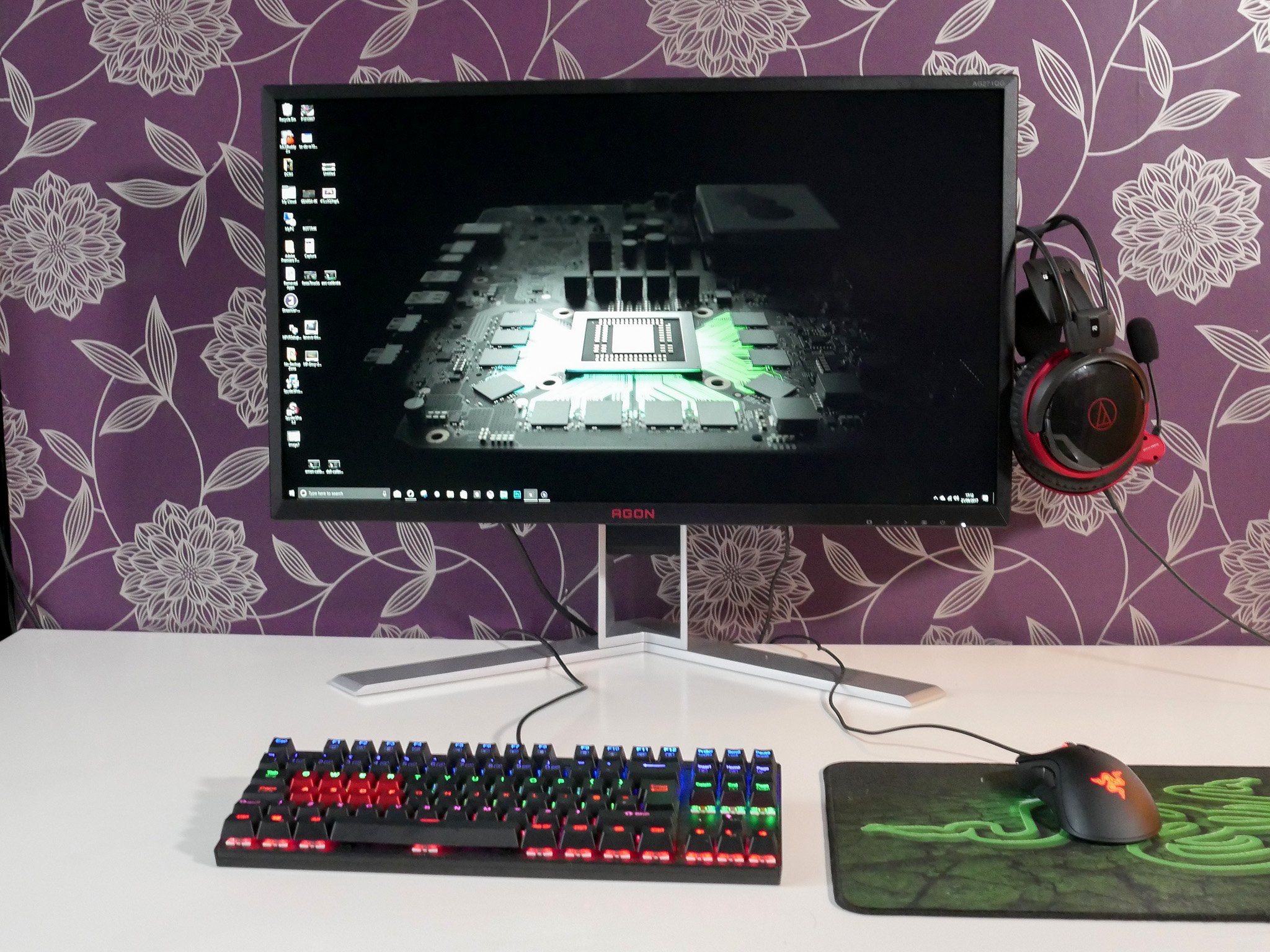
The response time of a monitor is measured by how quickly the display can have a pixel change from fully active (white) to fully inactive (black). The faster this process, the lower the response time, which generally results in a better visual image. This is particularly noticeable in games and media with higher frame rates.
This differs from refresh rate, which is how many times per second the panel can redraw the image. With refresh rate, you want a higher number, and response time you want to go lower. It's measured in milliseconds, so a five-millisecond (5ms) response time means that a monitor can go from white to black to white in 1/200th of a second.
Getting the lowest possible response time will ensure image ghosting is minimized, leaving you with overall better clarity and quality.
The best monitors for PC gaming
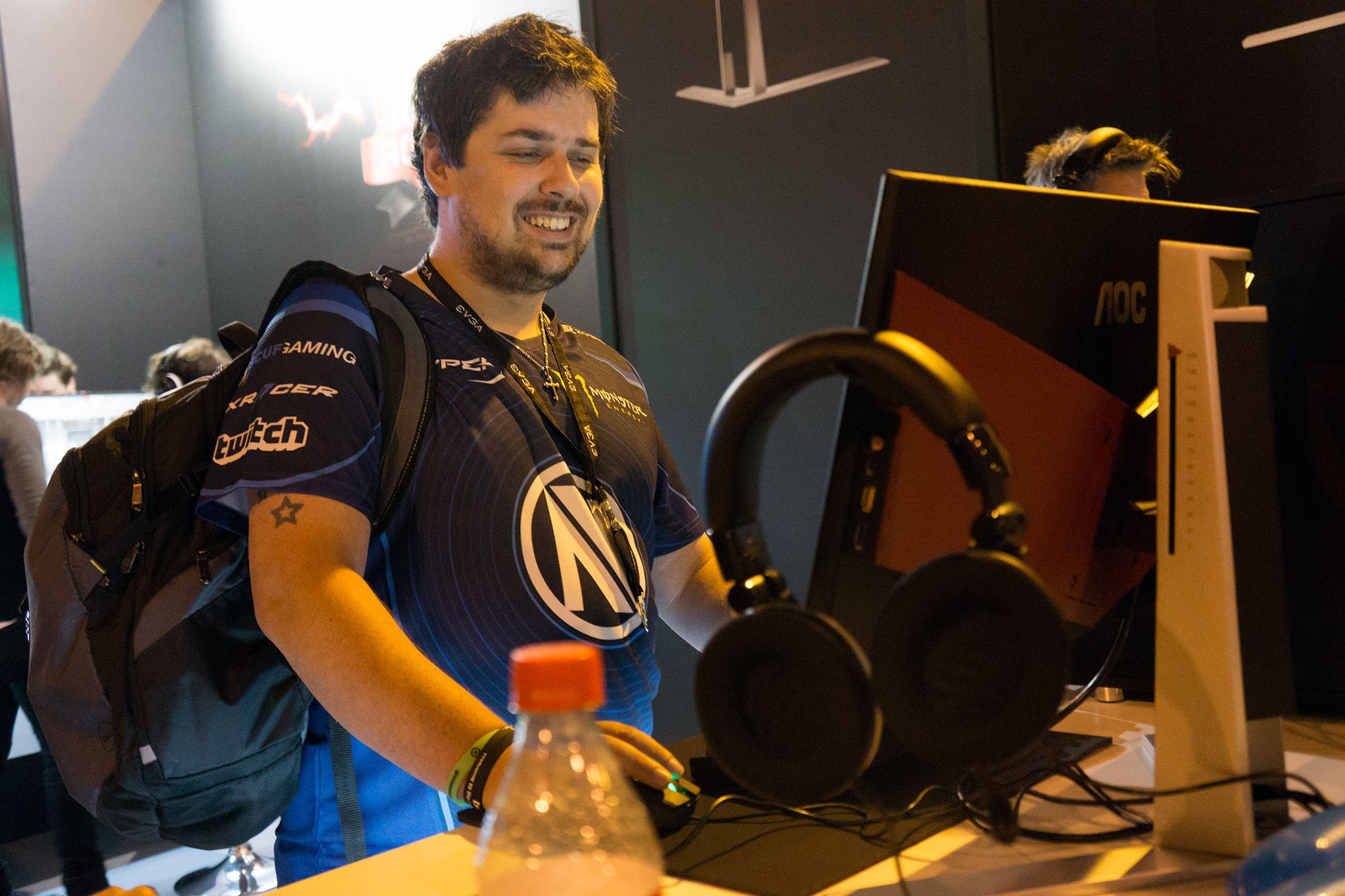
When you need to game on your PC, you need the best PC gaming monitor to handle all the pixels sent by your GPU. Adding synchronization technology to the mix really makes your game catalog shine, no matter what you play.
Depending on what GPU you own and how much budget is available, we have the best recommendations for different resolutions. And if you need a GPU upgrade, be sure to have a look at our best graphics card picks for tons of options.
Should you simply get the lowest response time?
Yes and no. Like refresh rate, response time will vary depending on the manufacturer and what type of monitor you're getting. Gamers will traditionally want the lowest possible response time, and 1ms monitors are commonplace, particularly in esports. What you don't want when you're gaming is image ghosting interfering with your experience. You want the sharpest picture you can get.
All the latest news, reviews, and guides for Windows and Xbox diehards.
There are some great, inexpensive gaming monitors out there with a low response time, like the LG 24GL600F. It costs under $200, has a 1ms response time, has a 144Hz refresh rate, and is a solid all-rounder for PC and console gaming. If you're looking at higher resolution panels like 1440p, Dell's S2719DGF is a great shout. It's got both a low response time and a low input lag.
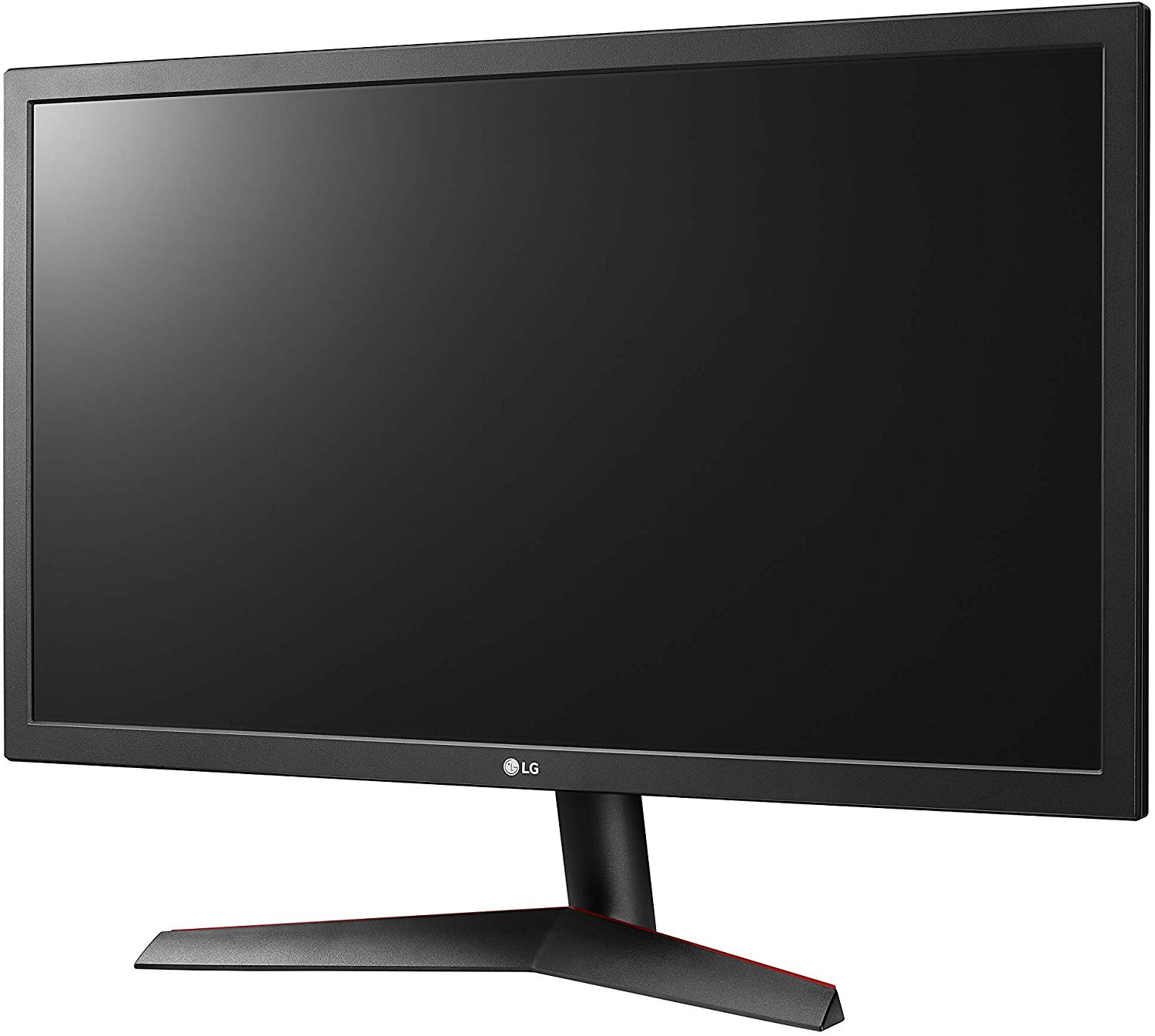
A lot of gaming monitor for a small outlay
With 144Hz, freesync, low input lag, and response time, this is a genuinely brilliant budget PC gaming monitor.
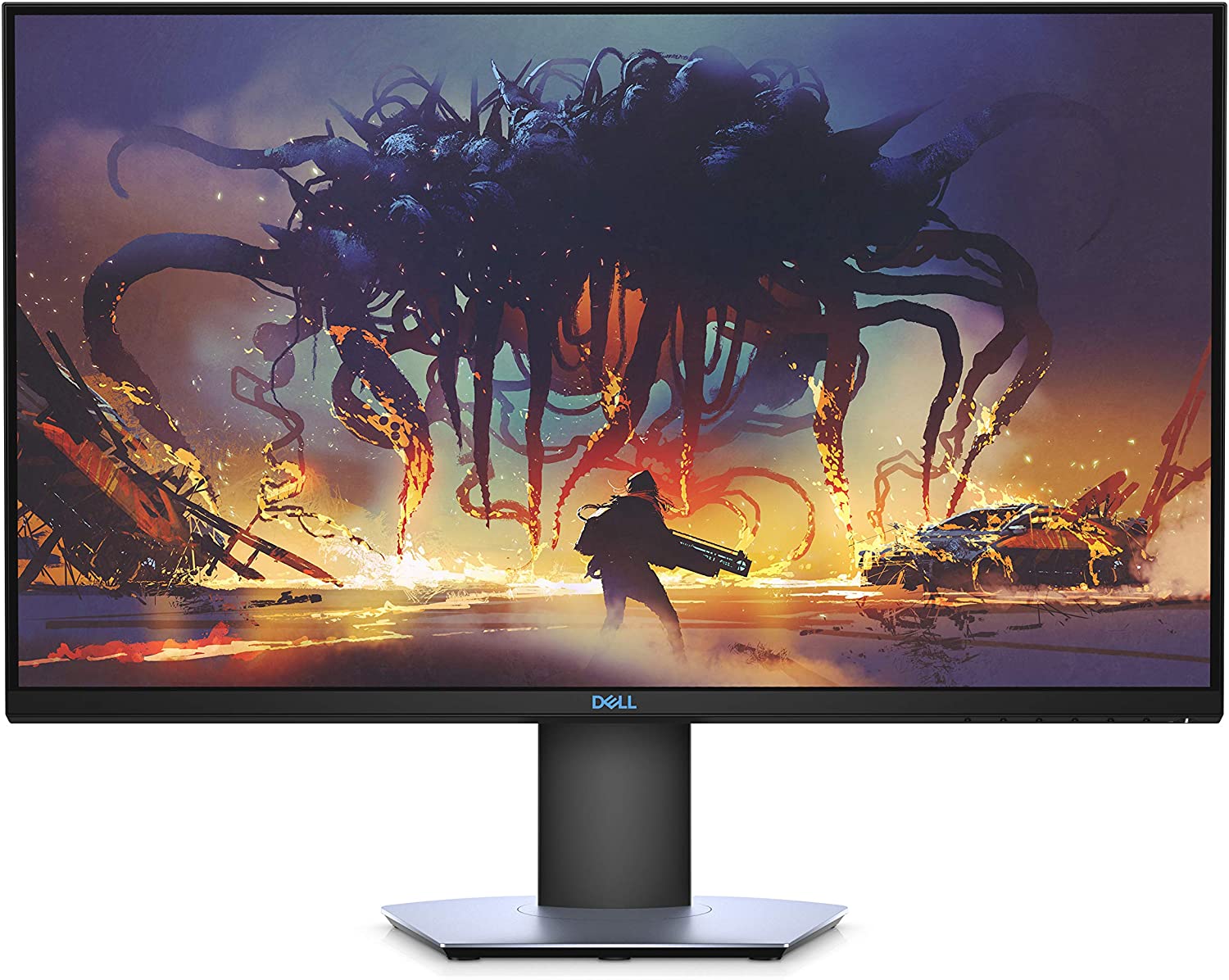
An amazing monitor at an attractive price
With this monitor, you get a 1ms response time, low input lag, a 155Hz 27-inch 1440p panel, and FreeSync for tear-free gaming. It ticks all the boxes at a really great price.
But, response time is but one feature to consider when buying a monitor. Refresh rate and input lag are always advertised, but input lag is something else important, and not to be confused with either of these things.
Not to be confused with input lag
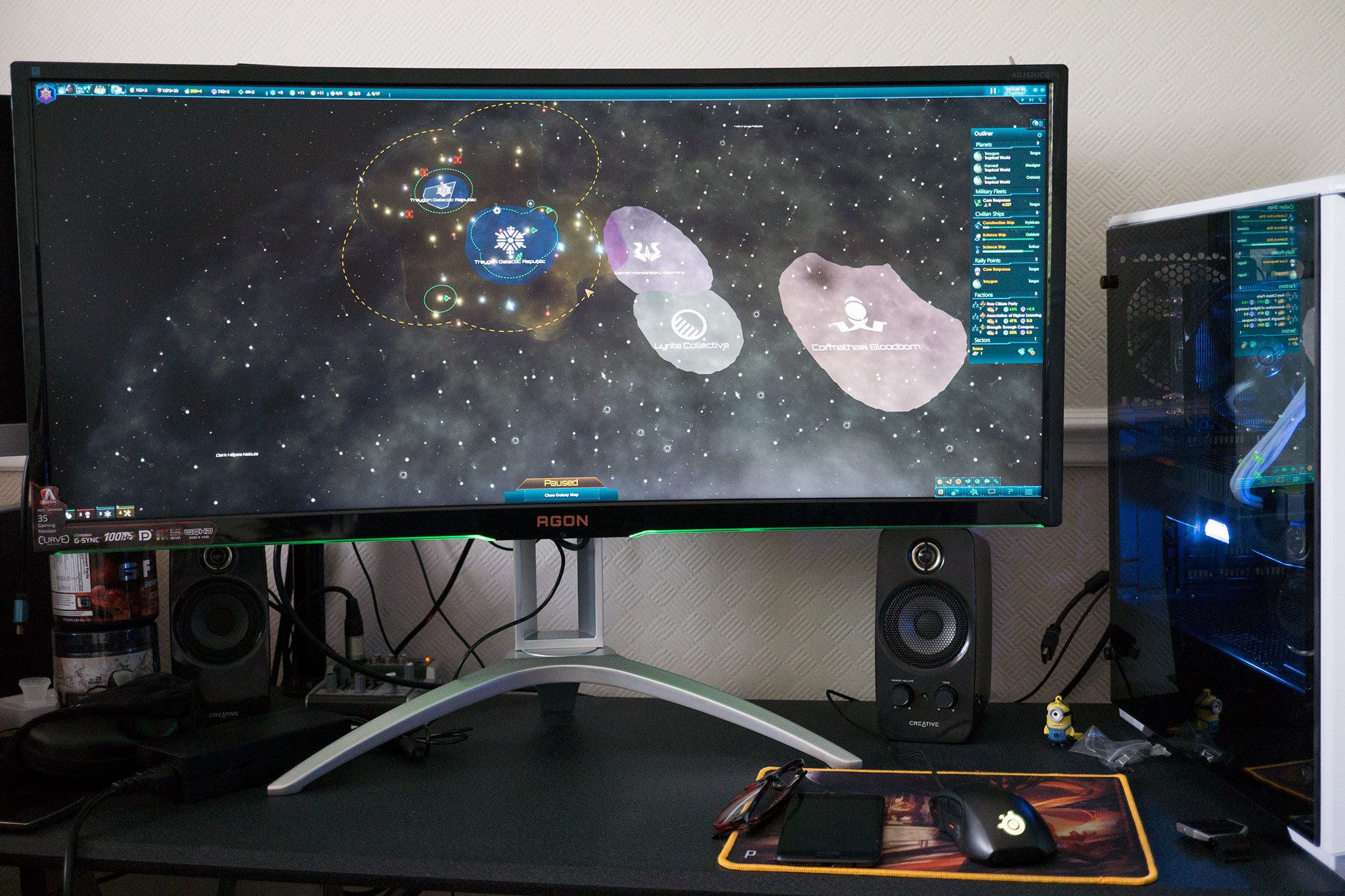
Unfortunately, the performance of your monitor is still at the whim of the manufacturer actually producing it. In theory, the lower response times should always be better and reduce image ghosting, but the type of panel used and its quality will still be factors.
A bad monitor will still be a bad monitor.
What's important to point out is the difference between response time and input lag. Response time is how quickly an image can be displayed; input lag is how long it takes the monitor to react to an action you performed. If you have a one-millisecond response time, it's no guarantee of a great gaming experience if the input lag is too high.
Imagine you're playing a competitive shooter like CS:GO or Call of Duty. You've got a low response time for ghost-free, sharp images, but if you move the mouse or your controller and there's a noticeable delay between that action and the in-game equivalent, you've got high input lag, and the experience will be tainted.
Conclusion
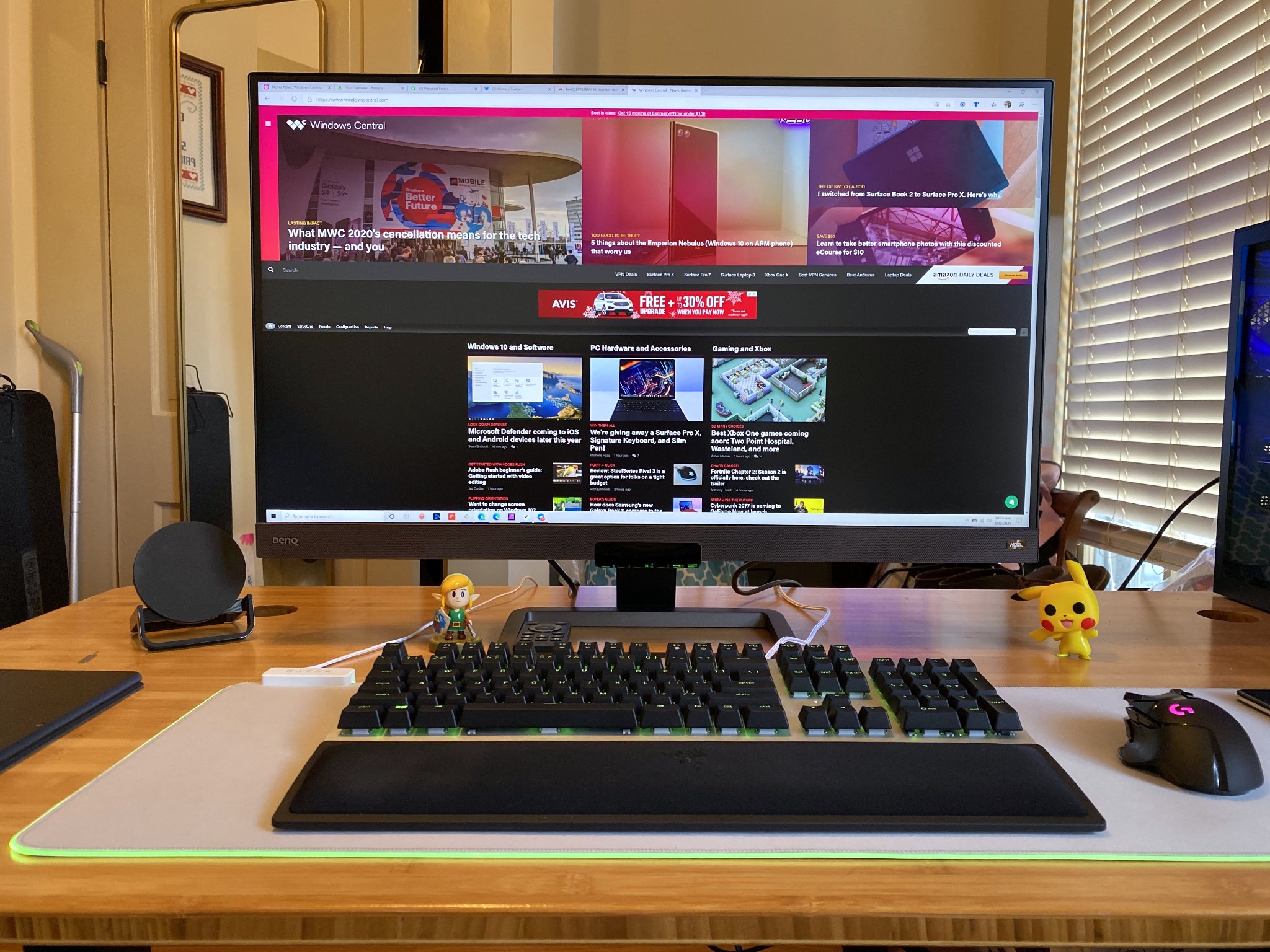
Ideally, you want a balance of three things in your gaming monitor: low response time, high refresh rate, and low input lag. Console gamers don't have to be as concerned with refresh rate right now, but a good gaming monitor like the LG 24GL600F will provide a 1ms response rate for great quality images, a low input lag and will handle console gaming with ease.
PC gamers have a little more to consider, especially for targeting high frame rates. There are a lot of choices now, though, with high refresh rate monitors more common than ever, and many will also come with a 5ms or lower response time. The Dell S2719DGF is a fine example of a well-balanced monitor that covers the holy trinity of features.
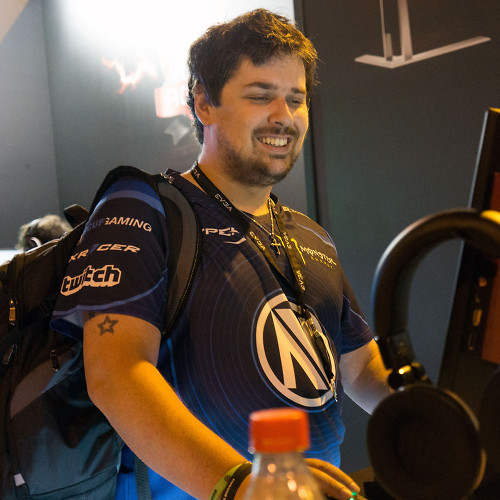
Richard Devine is a Managing Editor at Windows Central with over a decade of experience. A former Project Manager and long-term tech addict, he joined Mobile Nations in 2011 and has been found on Android Central and iMore as well as Windows Central. Currently, you'll find him steering the site's coverage of all manner of PC hardware and reviews. Find him on Mastodon at mstdn.social/@richdevine
- Rich EdmondsSenior Editor, PC Build
